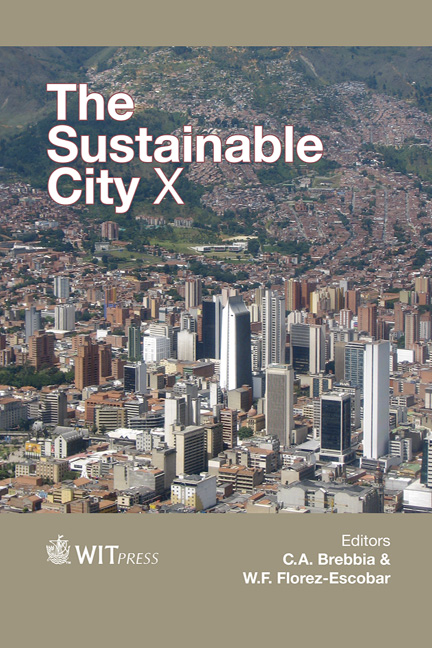Climate Action Plan For The City Of La Paz, Baja California Sur, Mexico: A Tool For Sustainability
Price
Free (open access)
Transaction
Volume
194
Pages
11
Page Range
439 - 449
Published
2015
Size
1,190 kb
Paper DOI
10.2495/SC150381
Copyright
WIT Press
Author(s)
A. Ivanova, A. Bermudez, A. Martinez
Abstract
As a result of its coastal location and severe water scarcity condition, the city of La Paz, Baja California Sur, Mexico, is extremely vulnerable to the impacts of climate change. The purpose of this paper is to present the main findings of the Climate Change Action Plan for the City of La Paz and Neighbouring Areas (PACCLAP): first, the vulnerability to climate change and the adaptation measures suggested; and second, the local greenhouse gas emissions inventory and the recommended mitigation measures. In this study the methodology specified in UNEP (2008) was applied, Methodology for Assessment: GEO Cities. Manual for Application, Version 3; UNEP (2009), Training Manual on Vulnerability and Adaptation to Climate Change for Geo Cities, UN-Habitat (2010), Planning for Climate Change: A Resource Guide for Urban Planners and UNEP (2011) IEA Training Manual, Climate Change Vulnerability and Impact Assessment in Cities. The greenhouse gas emissions inventory (LGHGEI) was carried out following the revised 1996 Intergovernmental Panel on Climate Change’s guidelines for greenhouse gas inventories (IPCC, 1997a; IPCC, 1997b; IPCC, 1997c). The main results show that the water scarcity is the principal vulnerability for the city, followed by the sea level rise; and that the transport sector must be the priority in the mitigation strategy. The proposed climate actions (e.g. catch of surface water in dams, reduce leakage losses in the water system; efficient fuel use; and, emissions mitigation trough grid connected systems) are directly related to the Municipality Development Plan, thus making the PACCLAP a valuable instrument to support current and future decision makers in the formulation of public policies to foster the sustainability and improve the wellbeing of the local society.
Keywords
climate action, adaptation, mitigation, sustainability, Mexico





